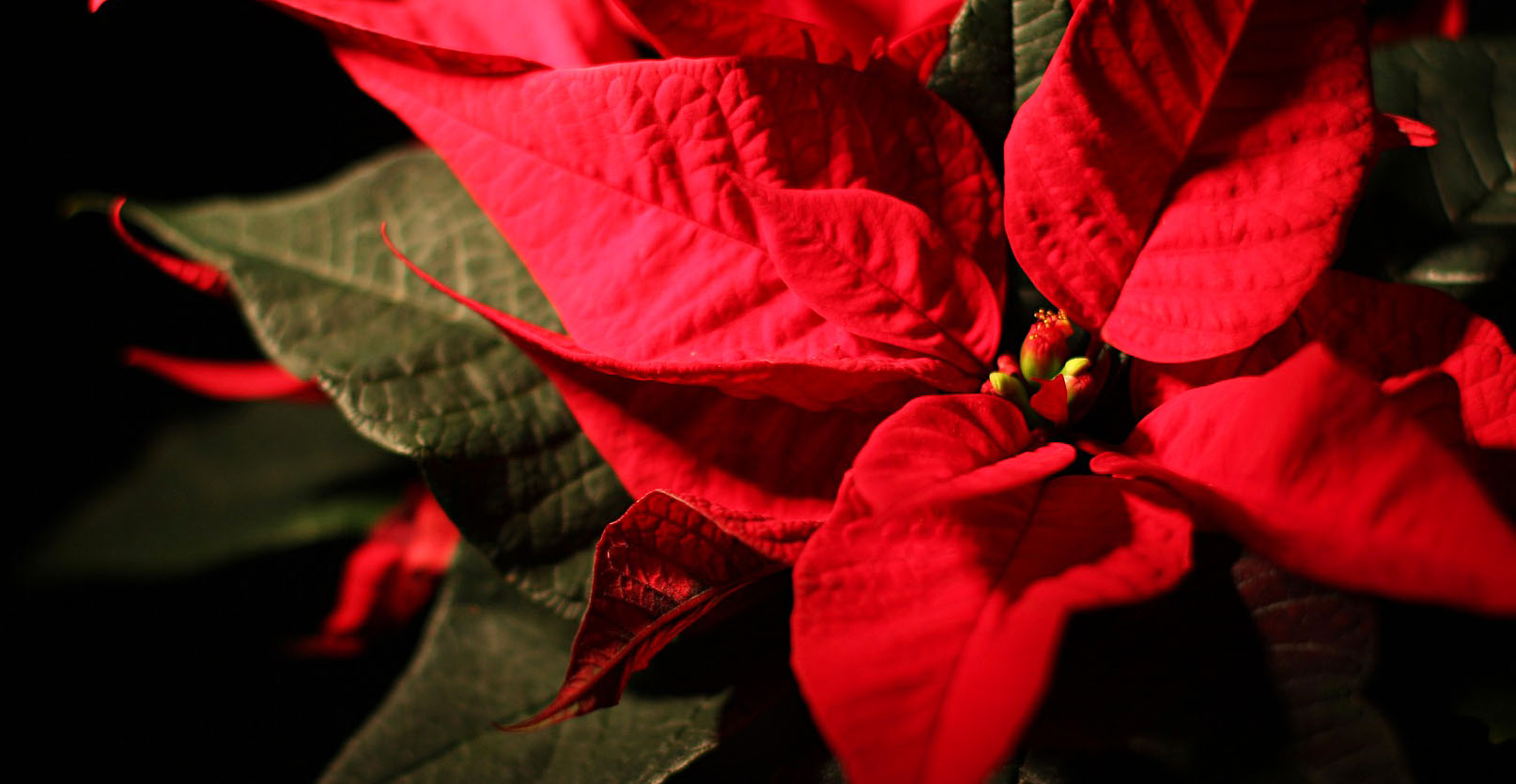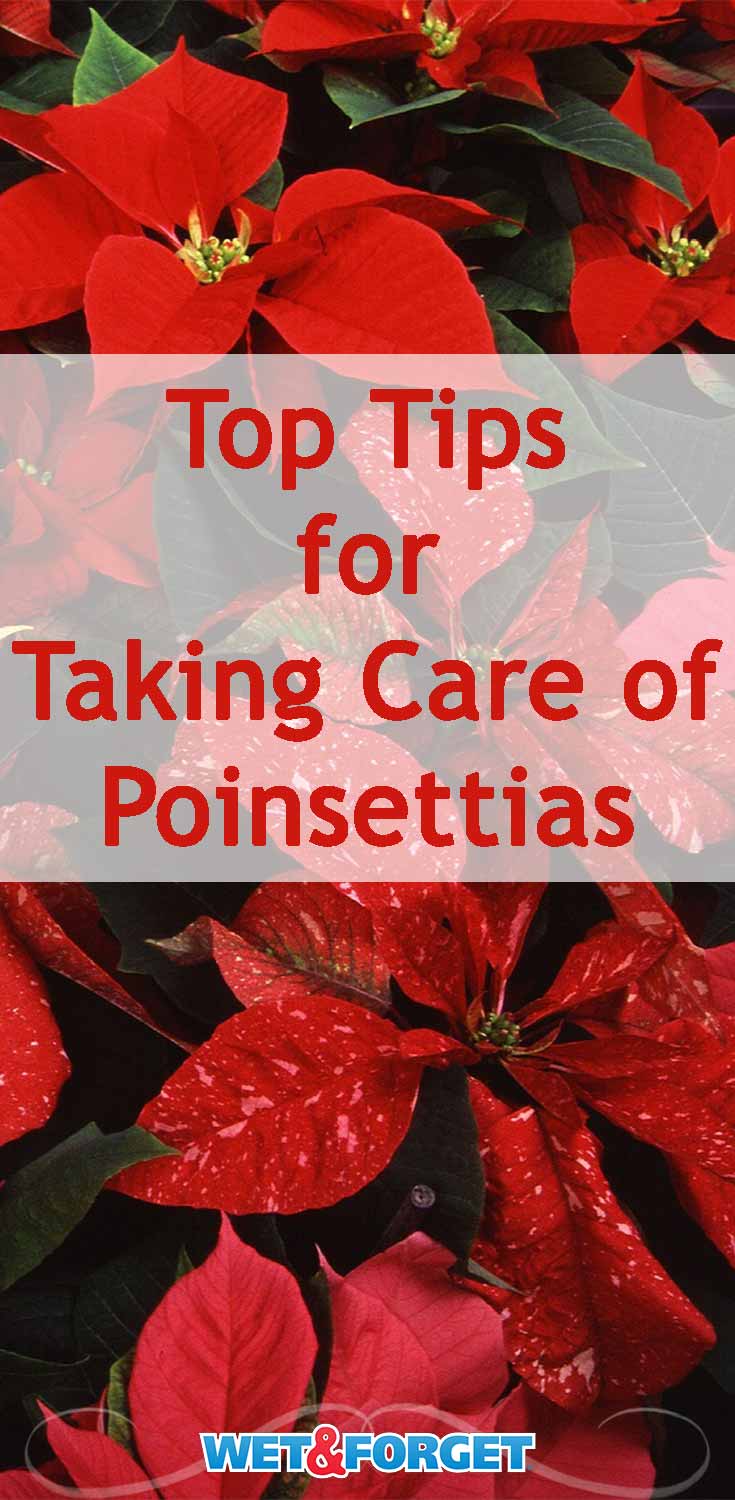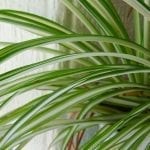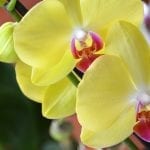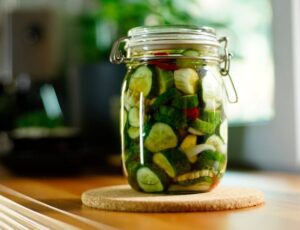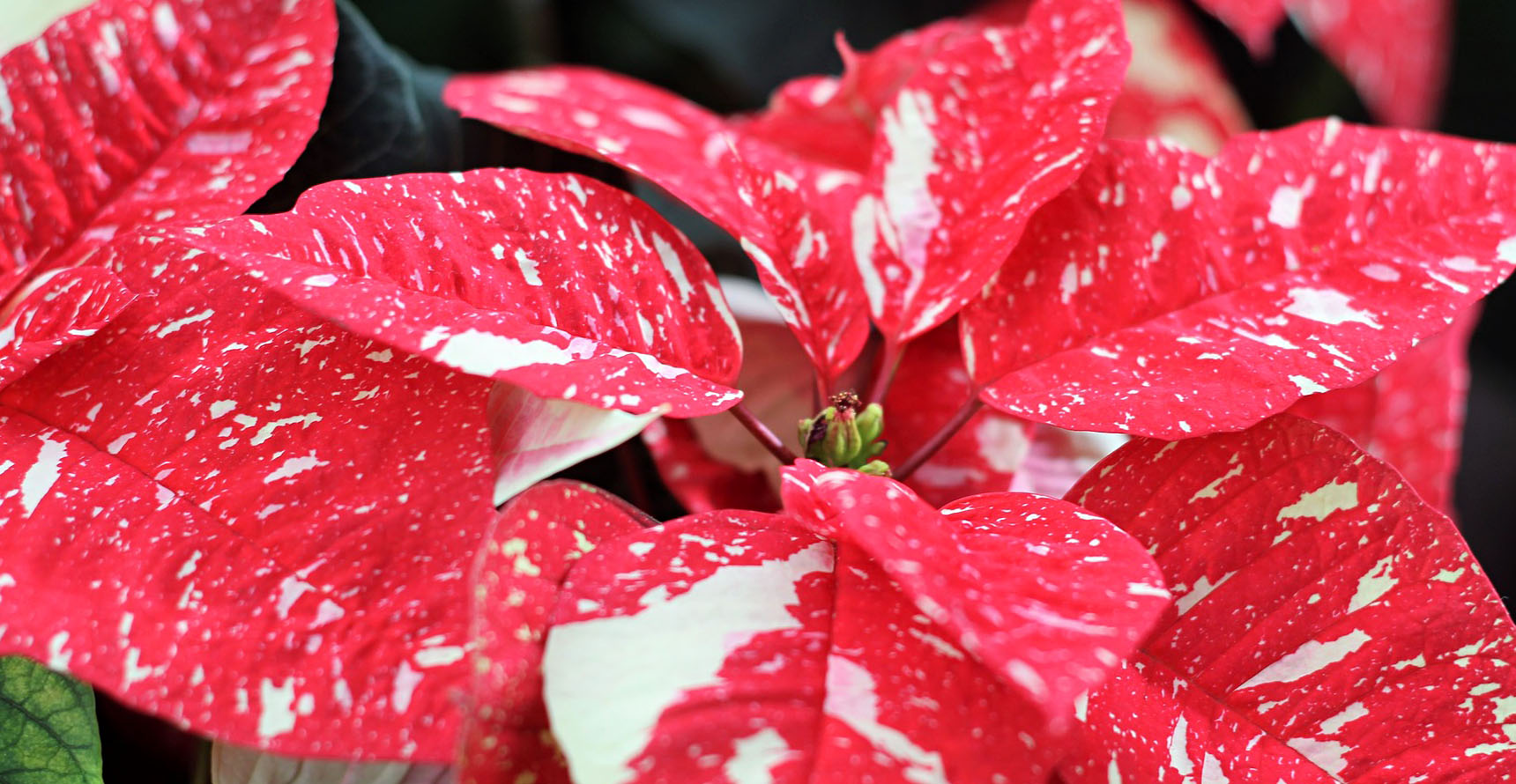
Helpful Holiday Tips for Taking Care of Poinsettias
The poinsettia with its beautiful bright red bracts and deep green leaves is the quintessential symbol of Christmas. Poinsettias are native to the warm, dry climates of the Southwest U.S. and Mexico.
Read on for tips for taking care of poinsettias.
Choosing the Perfect Poinsettia
With their colorful blooms, poinsettia plants (Euphorbia pulcherrima) are one of the most popular holiday plants. The flowers are not actual flowers. They’re modified leaves called bracts.
Below are things to look for when buying a poinsettia:
- Choose a plant with abundant dark green leaves and bright flowers. If you can see down into the plant, it may be weak or beginning to die.
- Look for brightly colored, fully bloomed flowers.
- Avoid a poinsettia with dry or brown edges around the leaves or bracts.
- Peek inside the plants. The foliage should be dark green down to the soil line.
- Avoid a plant with yellow or fallen leaves, as this is a sure sign of plant stress.
- Check the underside of the plants for insects.
- Do not buy poinsettias that have been crowded together as the branches break easily.
When poinsettias are packed too tightly, it may cause damage. - Check the soil. If you see signs of wilting or the poinsettia droops, it may indicate root rot.
- The plant should look balanced and even in shape – no bare spots or uneven sides.
Learn more tips for picking out poinsettia plants here.
Most Popular Poinsettia Hybrids
Currently, there are over 100 poinsettia varieties available. Traditional red is the most popular. However, there are many other beautiful poinsettias available, including:
- Prestige Red (Dark red)
- Marble Star (Pink and cream blooms with dark leaves)
- White Christmas (Bright white blooms with medium green foliage)
- Jingle Bells (Bright red blooms speckled with white, cream, and pink)
- Da Vinci (Peachy-pink with medium green leaves)
- Autumn Leaves (Rich gold-colored bracts)
- Sparkling Punch (Pink with a contrasting white center)
For more information on different types of poinsettias, click here.
Taking Care of Poinsettias at Home
Poinsettias are highly susceptible to the cold so if it’s below 50 degrees outside, ask the store personnel to sleeve or wrap your plant for the trip home. If you’re on a multiple errand shopping trip, save your poinsettia purchase for last. Poinsettias do not like a chilly cars.
Exposure to the wind and cold can damage the leaves and bracts even for a few minutes. Below are three things to consider when keeping your poinsettia healthy throughout the holiday –
Location
Display your plant in a sunny room in indirect light. A south or west-facing room works well. Don’t let tender leaves touch the window.
It’s best if your plant gets at least six hours of light daily. If the poinsettia’s leaves begin to lose their deep green color, they may need more indirect sun.
Keep the plant away from burning fireplaces, heat vents, and radiators. Also, shield the plant from drafts and drastic room temperature changes.
Water
If your poinsettia is dry, water it thoroughly. Let the soil become thoroughly dry before adding more water.
If the plant pot is wrapped in a decorative sleeve, remove the sleeve or punch holes in the bottom to allow water to drain. Never let the pot sit in standing water.
Indoor Temperature
Poinsettias thrive in cool temps ranging from 60 to 70 degrees during the day and nighttime temps of 55 to 60 degrees. Move your poinsettia to a cooler room in the evening, if possible.
Fertilizer
Although it’s tempting to feed your poinsettia, it’s not required. In fact, it’s best to avoid fertilizing when taking care of poinsettias in bloom.
Fascinating Poinsettia facts:
- The botanist and physician Joel Roberts Poinsett (thus the plant’s name) first introduced poinsettia to the U.S. in 1828 from Mexico. Dr. Poinsett sent cuttings discovered in Southern Mexico to his Charleston, South Carolina home.
- Poinsettias will grow outside in coastal climates. They can grow to ten feet or more along the Southern California coast.
Taking care of poinsettias can be easy if you follow the above hints and tips. By monitoring the temperature, water, and location of where you place your poinsettia, your blooming plant should look beautiful throughout the holiday season.


